Forget this foolishness you read that native plants are hardier, sturdier, or more drought resistant than non-natives. Yes, some are, but others require regular irrigation, or are difficult to maintain in a garden. Some are even aggressive (or invasive), while many non-natives are completely care free and well behaved in the garden. Generalizations about native and non-native plants are most likely to be wrong, and there is every reason to question the motives or knowledge of the writer. Of course, there are excellent reasons to plant natives, but not for sturdiness, ease of maintenance, or to save water. These goals can easily be achieved by selecting appropriate natives or non-natives.
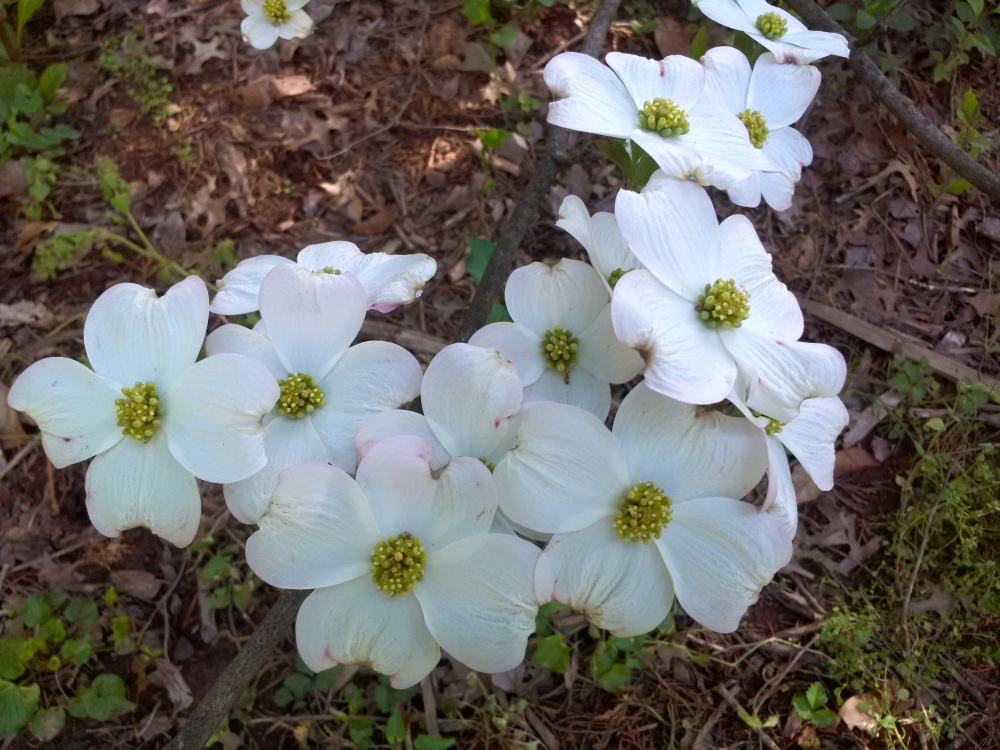
To my thinking, there is no superior tree to our native Eastern dogwood (Cornus florida, above). It’s flowers are abundant, and without the interference of leaves in mid and late April the blooms stand out all the more. The foliage is pleasant until early autumn, when it turns to a magnificent burgundy that holds through much of the season. As leaves begin to drop, clusters of red berries (below) become more effective, and birds quickly pluck them as they ripen.
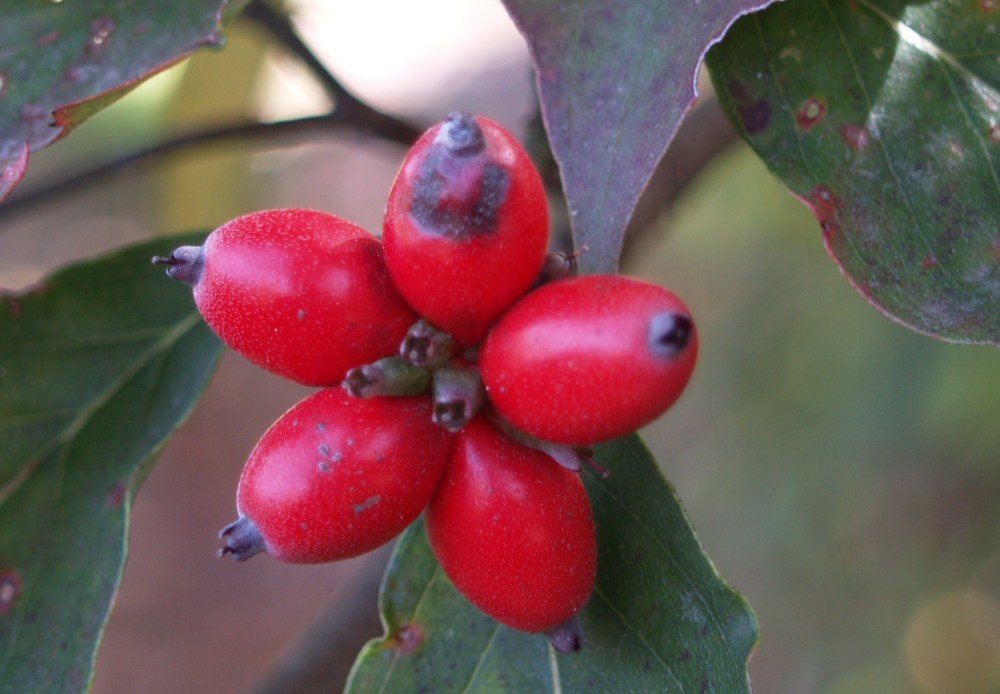
With many splendid attributes there seems no reason why a dogwood should not be planted in every garden. Except (and these are large exceptions), the native dogwood transplants reluctantly, and is susceptible to diseases that disfigure and can cause the tree to be short lived. There are cankers, borers, mildew, and anthracnose, and please watch the drainage. Don’t plant the tree a smidgen too low or you will count the dogwood’s lifetime in weeks, not years.
Now that you have been dissuaded from ever planting a dogwood, I must add that I planted the first in this garden twenty five years ago, then a second and a third over the next ten years. All survive to this day, though the trees suffer a variety of maladies that might eventually result in their demise. But, none of the diseases and mildews are much of a concern to me through much of the year, and generally I regard the trees as healthy. As the case of the dogwood shows, you are advised to disregard any nonsense you read that natives are more resilient or resistant to bugs, fungus, or disease. The dogwood can have them all, sometimes simultaneously.
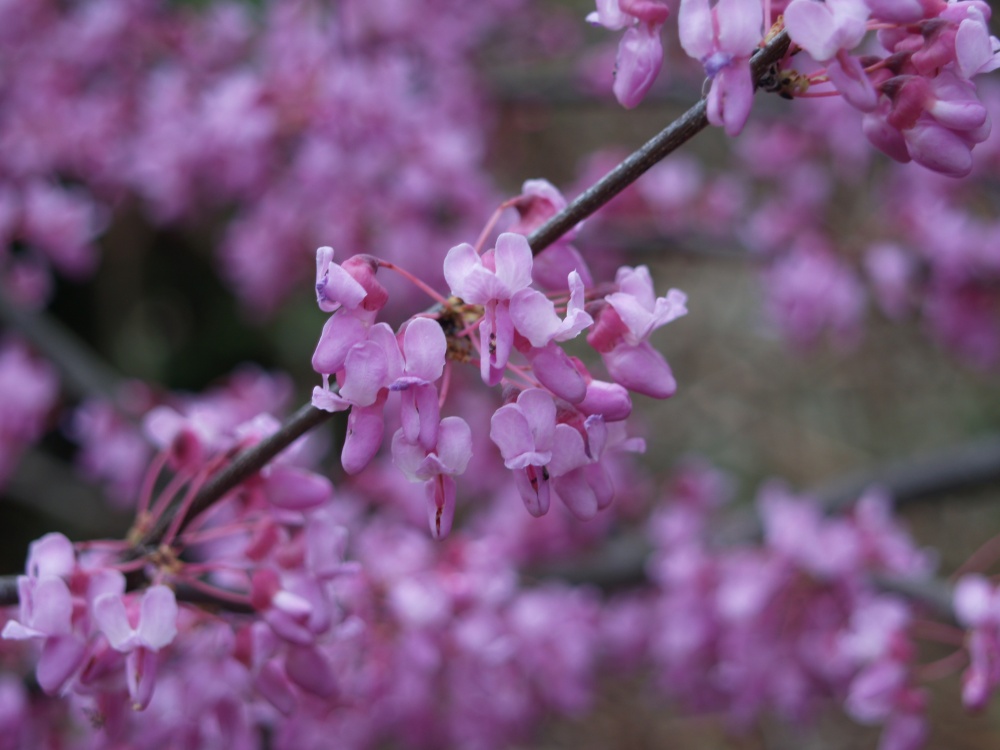
The native redbud (Cercis canadensis, above) is another marvelous native, and it is slightly more accepting of transplanting and in general less of a problem. It is a relatively disease free tree, though it is also intolerant of damp soils. Its large, heart shaped leaves are superb, and while its autumn color is unremarkable, redbud is an exceptional tree and particularly lovely in early to mid April when it typically begins to flower. In most years the redbuds and dogwoods overlap a bit in flower, but this spring their blooms have closely coincided so that gardens and the outer edges of forests are quite magnificent. When the flowers drop in another week and the forest turns to a lush green, it is a tremendous let down.
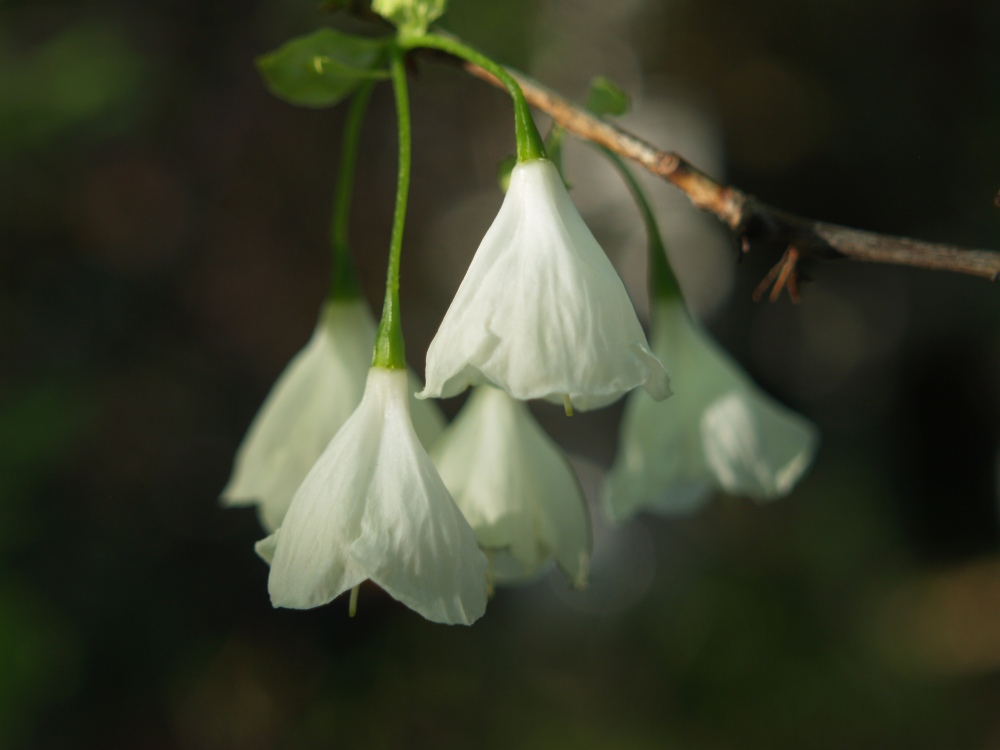
Years ago I planted Carolina silverbell (Halesia carolina, above and below) at the edge of the garden beneath towering swamp maples (Acer rubrum) in a spot that would be typical for planting redbuds or dogwoods. In the early years the tree was a bit of a disappointment. It flowered sparsely, which I excused by blaming a setting that could be too shaded, and the tree failed to display much vigor. After paying little attention, one day a few years ago I was astonished to see this tree rocketing into the tree canopy, with flowers dangling from each branch. Fortunately, there were a few branches low enough for me to enjoy close up.
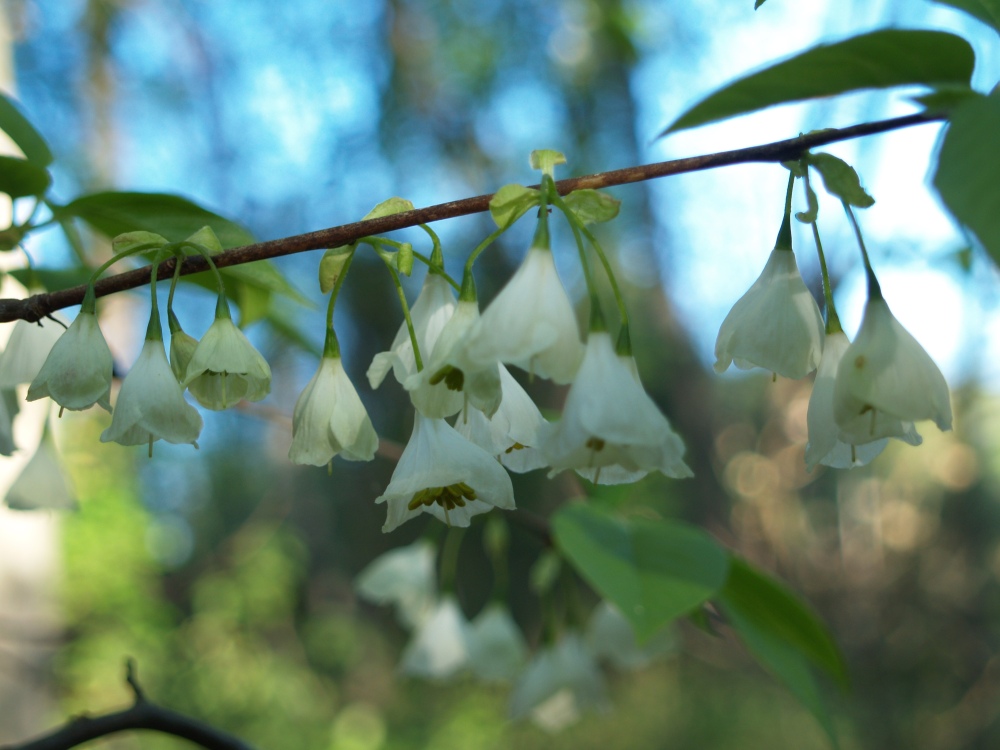
Now, I wonder how why this wonderful tree is not more widely planted. Silverbell is every bit the equal of dogwood and redbud, and I would not be without any of the three in my garden.
Wow. Your opening paragraph is probably one of the best thought out things I’ve seen written in regards to planting natives. I always have a soft spot for the native version of a plant but don’t kid myself that I’m recreating some ecosystem from centuries ago.
You wouldn’t happen to know the best time of year to transplant dogwoods would you?
The best time to plant most trees is when they’re dormant, and for most I prefer spring planting since a few types of trees are touchy about autumn transplanting. If not planting when dormant, I like planting in April and May, so I can see the tree in leaf, but it’s planted long before the heat of summer. Planting a tree in leaf requires a bit more attention to watering for the first month.